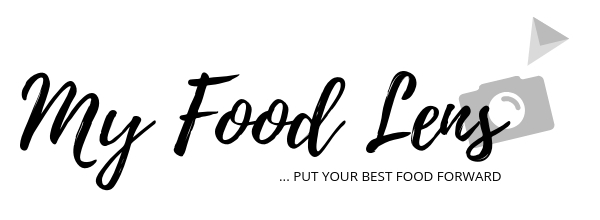
Light is the backbone of food photography. A good photo does not need an elaborate composition but a good photo must always have good light.
There are 3 different kinds of light in food photography. Whether you’re working with soft light or hard light, natural or artificial, these 3 lights remain the same for all situations.
These are:
Side light
Back light
Side back light
I have full episodes on side light and back light when to use them. If you haven’t tuned into them, make sure to check out episode 40 and episode 53 after this one.
What is side back light?
Side back light is the light that falls at 75 degrees to the camera. Basically, When the light source is diagonal to the camera, it is called side back light. It doesn’t have to be a specific angle, a sort of diagonally placed light is called side back light. Side back light is also called diagonal light or angled light.

How to read side back light?
Just like other light directions, to be able to read side light or tell whether side back light has been used in a photo, we need to look at the shadows in the photo. If the shadows fall at an angle much like a diagonal drawn between the top end and the opposite bottom end of the backdrop, then you know it is side back light. It’s pretty easy to recognize because of its diagonal nature.
In order to create that side back light, position your composition at the diagonal to the natural light source, and if you’re using a soft box, place the soft box at diagonal position in relation to the camera.
The nature of side back light
If we put the qualities of side light and back light together, we get this hybrid version. So the nature of side back light is to:
- Creates dynamic shadows; the impact of the shadow falling at a diagonal gives movement to the frame and makes the photo look dynamic.
- Has good contrast between the lights and darks because it is a hybrid of the back light.
- It creates excellent highlights, again picking up that character of back light; creates a beautiful shine on glossy food.
- Overall the nature of this light is to create a strong sense of direction with that diagonal effect.
When to use side back light
To create drama
Just like back light, side back light is also great to create contrast in a photo, although not as dramatic as back light.
For different moods
With side back light we can create both, dark and bright photos. The direction of the shadow itself is so powerful that we can lighten/soften the contrast without disturbing the power of that diagonal light.
For transparent food and beverages, and avoid reflections
With side back light, the light is at a diagonal so, we don’t see that jarring reflection on the glass. It is there but slightly to the back. This light is great for reflective surfaces especially beverages to get the advantage of the light by making the beverage color prominent and yet, not leaving a stark reflection on the glass.
For shiny and glossy food
Side back light also has the potential to create beautiful highlights on shiny foods. Shiny food could be chocolate ganache, berries, jelly, jam etc. With this light, we can definitely create beautiful highlights to showcase the texture of the food.
When to avoid side Backlight
Short of time
I love this lighting style so much that I really couldn’t think why we wouldn’t use it all the time and then it struck me that speaking of time, one situation we may not want to use is when we are short of time. Especially during a client shoot.
It takes a little more time to shape especially if we are creating a bright photo. In that case, it might be best to stick to side light unless you’re familiar with manipulating side back light.
To create even lighting, balanced lighting
You could select side light over side back light if you’re looking for even lighting and lower contrast.
Conclusion
Hope you feel like you can now make better decisions about the lighting choices for a photo. You can be more intentional since you now know which light direction works best for which food and mood. I hope this gives you a good grip on the pros and cons of the different lights, and how to use each one to its advantage.
Episode 40: Side Light
Episode 53: Back Light
Have a question? Submit it as a voice note to be featured on the My Food Lens Podcast HERE.
The 5-step guide to visual storytelling – DOWNLOAD HERE.
If you’re listening on Apple podcast or iTunes, please rate, review and subscribe on iTunes/Apple podcast. It will help this podcast reach more listeners and grow bigger and better. I’ll be so grateful.

[…] Use side-back light to create diagonal shadows so that it gives direction and enhances that diagonal-ness giving the viewer a feeling of movement in the photo. Side-back lighting is dynamic and moving. If you would like to learn more about sideback light, checkout episode 86. […]